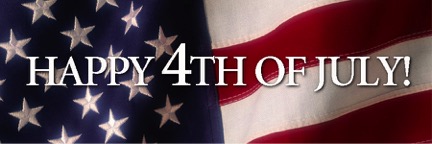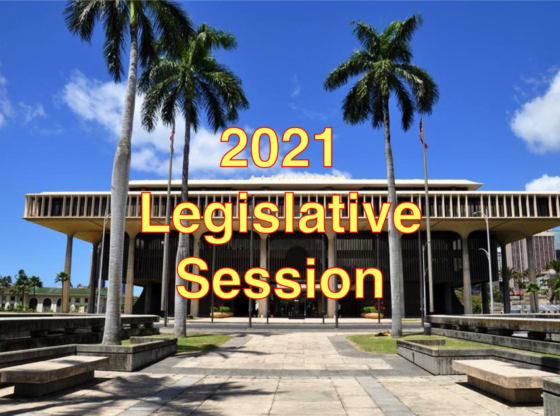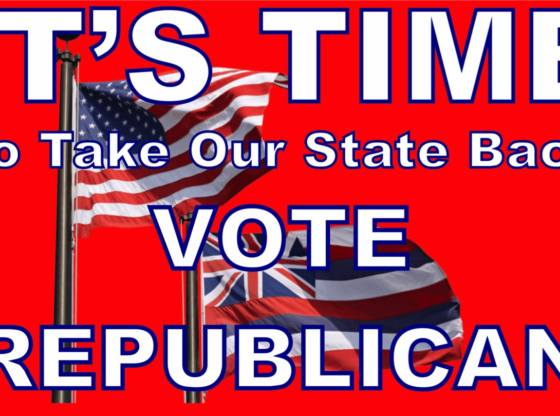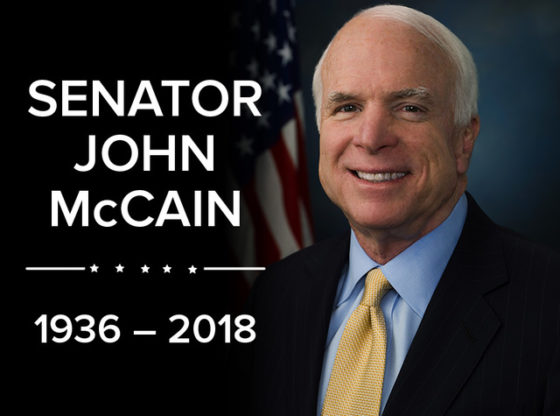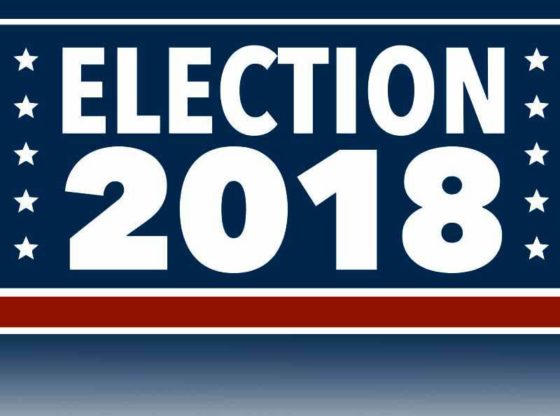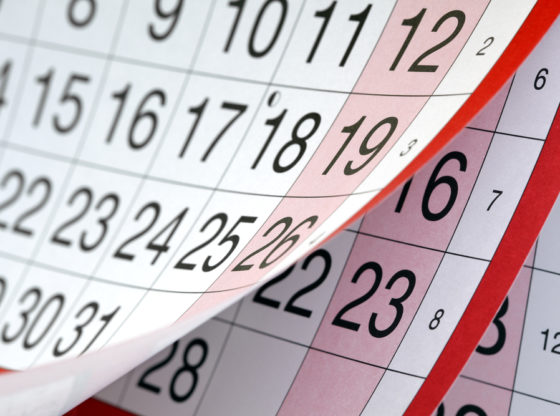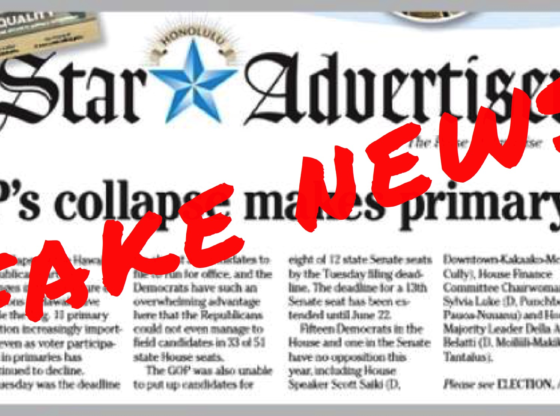The Declaration of Independence
We celebrate American Independence Day on the Fourth of July every year. We think of July 4, 1776, as a day that represents the Declaration of Independence and the birth of the United States of America as an independent nation. But July 4, 1776 wasn’t the day that the Continental Congress decided to declare independence (they did that on July 2, 1776).
So what did happen on July 4, 1776?
The Continental Congress approved the final wording of the Declaration of Independence on July 4, 1776. They’d been working on it for a couple of days after the draft was submitted on July 2nd and finally agreed on all of the edits and changes.
July 4, 1776, became the date that was included on the Declaration of Independence, and the fancy handwritten copy that was signed in August (the copy now displayed at the National Archives in Washington, D.C.) It’s also the date that was printed on the Dunlap Broadsides, the original printed copies of the Declaration that were circulated throughout the new nation. So when people thought of the Declaration of Independence, July 4, 1776 was the date they remembered.
How did the Fourth of July become a national holiday?
For the first 15 or 20 years after the Declaration was written, people didn’t celebrate it much on any date. It was too new and too much else was happening in the young nation. By the 1790s, a time of bitter partisan conflicts, the Declaration had become controversial. One party, the Democratic-Republicans, admired Jefferson and the Declaration. But the other party, the Federalists, thought the Declaration was too French and too anti-British, which went against their current policies.
By 1817, John Adams complained in a letter that America seemed uninterested in its past. But that would soon change.
After the War of 1812, the Federalist party began to come apart and the new parties of the 1820s and 1830s all considered themselves inheritors of Jefferson and the Democratic-Republicans. Printed copies of the Declaration began to circulate again, all with the date July 4, 1776, listed at the top. The deaths of Thomas Jefferson and John Adams on July 4, 1826, may even have helped to promote the idea of July 4 as an important date to be celebrated.
Celebrations of the Fourth of July became more common as the years went on and in 1870, almost a hundred years after the Declaration was written, Congress first declared July 4 to be a national holiday as part of a bill to officially recognize several holidays, including Christmas. Further legislation about national holidays, including July 4, was passed in 1939 and 1941.
Interesting 4th of July facts every American should know
The history of the 4th of July is incredibly interesting, but there are other interesting 4th of July facts every American should know. Here are six interesting ones to take note of:
- Some colonists celebrated Independence Day during the summer of 1776 by putting on mock funerals for King George III of England—symbolizing the death of the Crown’s rule on America.
- The first annual commemoration of Independence Day happened on July 4, 1777, in Philadelphia.
- John Adams, a Founding Father and the second president of the United States, strongly believed Independence Day should be celebrated on July 2nd. He even refused to attend 4th of July events because he felt so strongly about July 2nd being the correct date.
- Adams, along with Thomas Jefferson, another Founding Father, both died on July 4th, 1826. James Monroe, another U.S. president, also died on July 4th, but he passed in 1831.
- Thomas Jefferson was the first president to celebrate Independence Day at the White House in 1801. The celebration featured horse races, parades, food, and drinks—similar to the 4th of July celebrations we see today.
- Although the 4th of July was celebrated each year since 1776, it didn’t become a federal holiday until 1870. And it didn’t become a paid holiday for federal employees until 1941.


